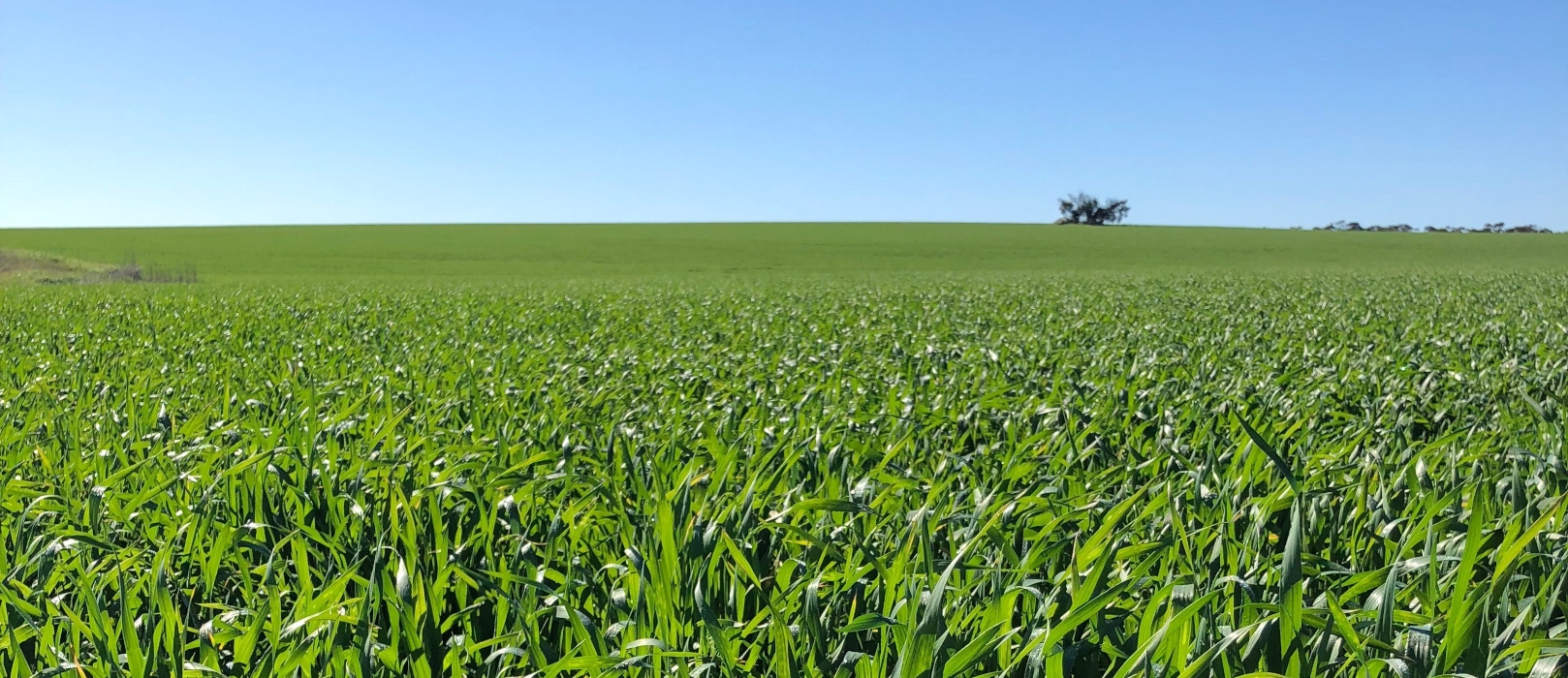
Grain Snippet: Barley Fades as Global Feed Forecasts Rise
Australian barley prices have continued to soften, reflecting improved seasonal conditions at home and increases to global feed grain production forecasts. 2025/26 barley (BAR1) bids are around $300/MT Port Adelaide and $309/MT in Geelong, having softened $8-15/MT relative to bids seen in July. This continues the broader downward trend observed over recent months. Prices for the 25/26 season have steadily retreated from their mid-to-late May highs of $325/MT in Adelaide and $335/MT in Geelong, pressured by timely local rainfall which eased the drought premium, coupled with increased grower selling. Locally, the BAR1 to APW1 price spread has narrowed to levels well below the five-year average, highlighting relative strength in feed grain demand.
Australia’s 25/26 barley production outlook is shaping up well following timely rainfall across key growing regions. Official forecasts vary, but production is generally expected to come in slightly below last year, roughly in line with the 5-year average.
The barley market appears to be gradually returning to more traditional pricing dynamics, more reminiscent of pre-COVID and pre-war conditions. With a large global crop of feed grains on the horizon price pressure on Aussie barley continues to build, nudging values lower toward export-competitive levels.
On the global stage, Australian barley has recently lost its position as the most expensive feed grain, overtaken by Ukrainian corn on a free-on-board basis. Black Sea barley is currently offered around US$220, while US and South American corn remain the cheapest feed grains available. With values converging, Australian exports are becoming more competitive than they were during last year’s drought-driven spike.
Meanwhile, forecasts point to a record global corn harvest this year, led by record-large crops in the United States and Brazil. Improved growing conditions have lifted yield expectations in North America, while Brazil’s second corn crop is on track for a record finish. Argentina is also expected to deliver a solid harvest.
Barley production across key exporting regions is set to rise modestly, though still lags longer-term averages in some countries. The European Union is on course for a larger crop, while Russia, Ukraine, and Canada are expected to see production in line with recent years.
Despite these supply gains, global feed grain stocks remain tight by historical standards, leaving markets vulnerable to weather disruptions or shifts in demand. China continues to play a central role, with imports of both corn and barley forecast to remain strong in the year ahead.
Export demand remains underpinned by China, which has shown consistent appetite for Australian feed barley. However, Australia continues to face strong competition for exports to the Middle East and other feed markets, particularly with the potential for record-breaking corn crops this season from the Americas.
This is a sample only, if you would like to view the entire document and our recommendations, please contact CloudBreak to discuss becoming a member on (08) 8388 8084.


